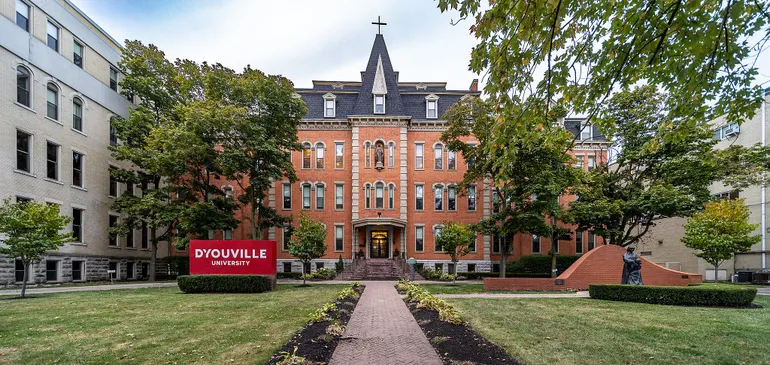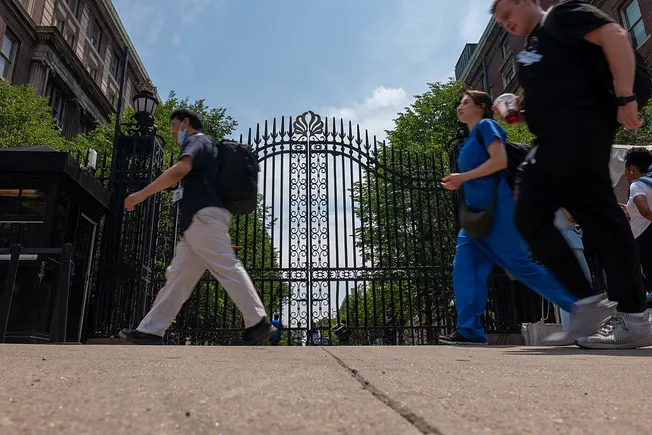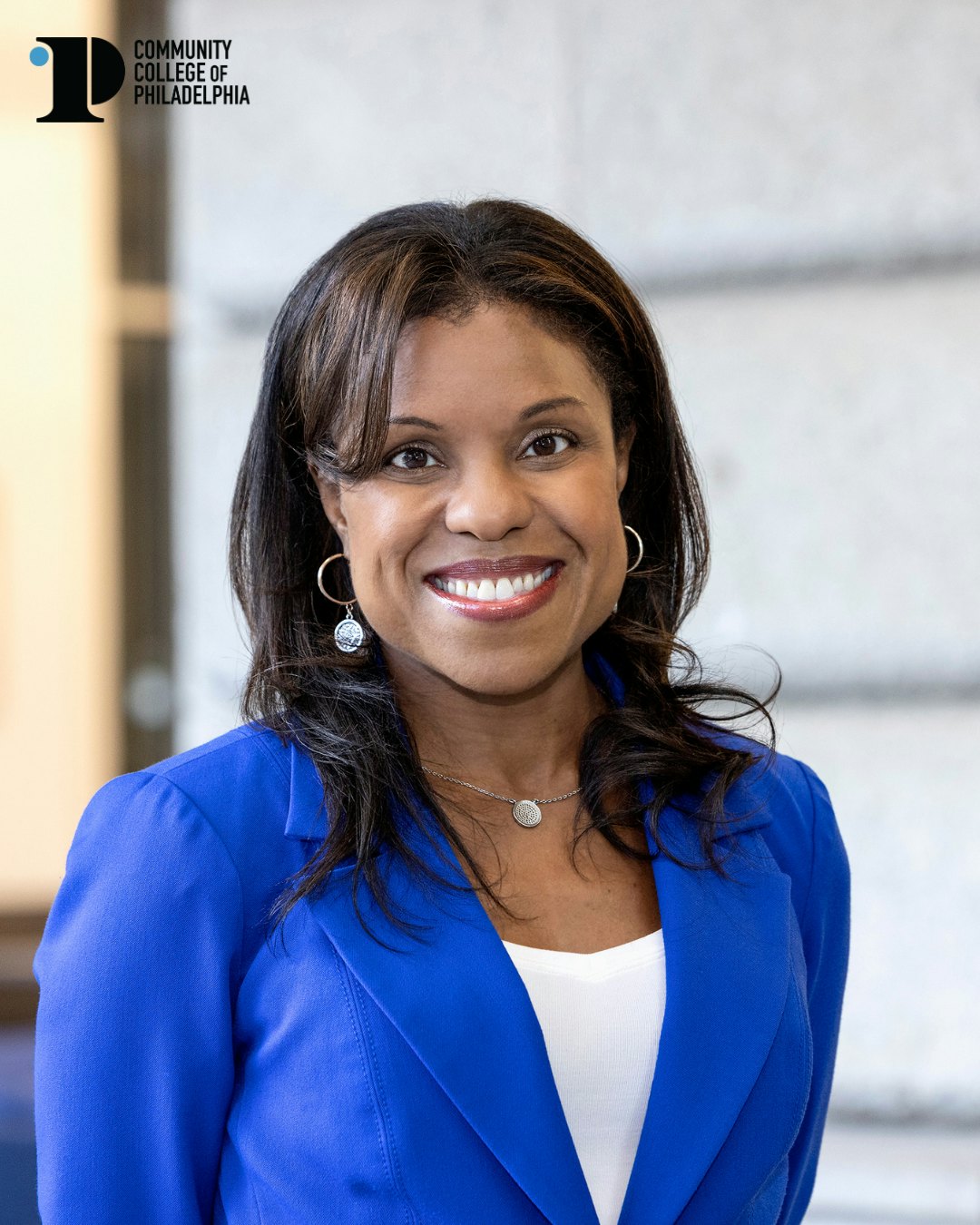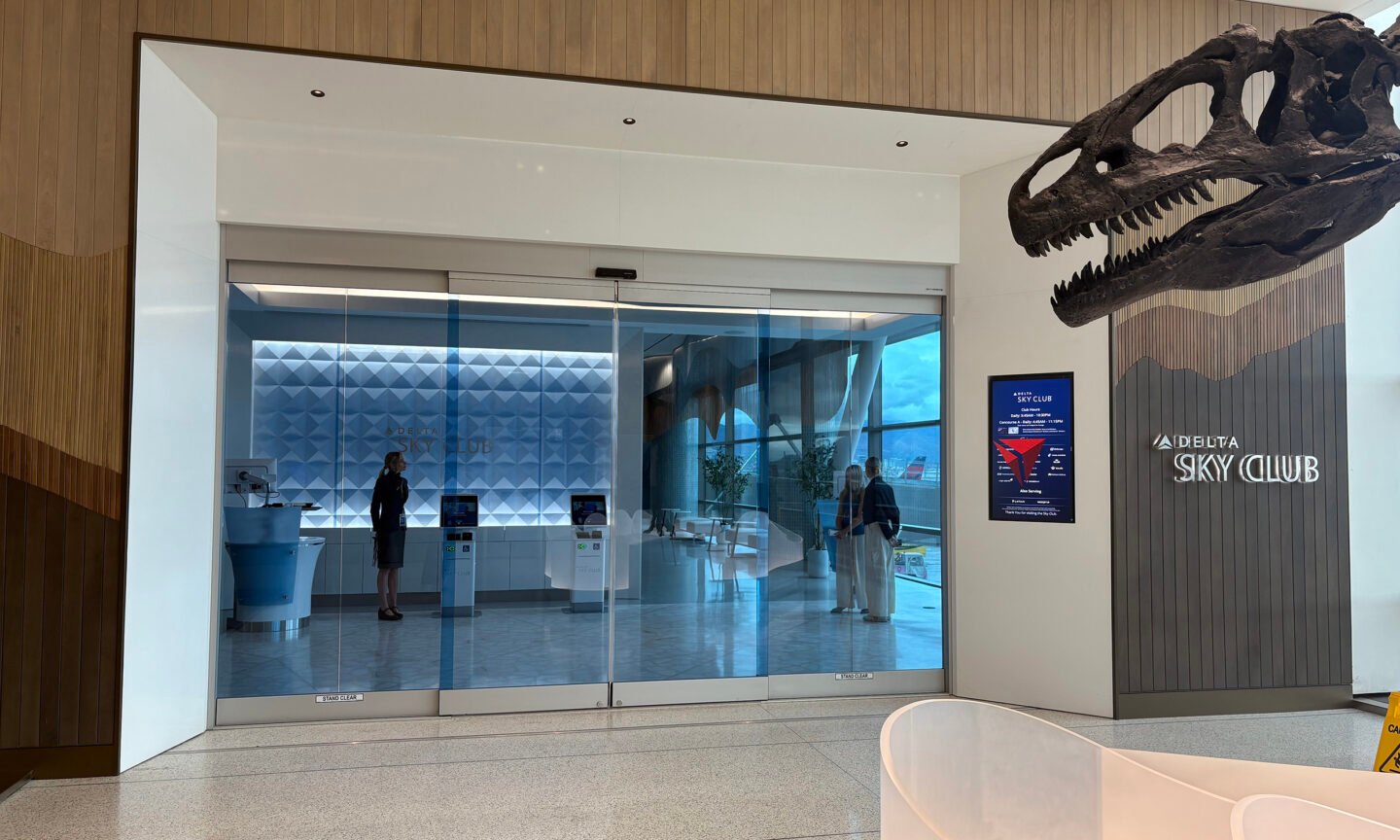Listen to the article
Dive Brief:
New York is contributing $49 million in capital grants to 35 of the state’s private nonprofit colleges to help fund upgrades to facilities, build new labs and research spaces, and invest in new technology and equipment.
The state’s Higher Education Capital Matching Grant Program — led by a three-person board composed of political appointees — last week awarded grants ranging from tens of thousands of dollars to $5 million, New York Gov. Kathy Hochul announced on Friday.
Under the 20-year-old program, eligible colleges must invest $3 of their own money for every $1 of public funds. The next round of applications for projects is set to open in mid-December.
Dive Insight:
Since 2005, HECap has directed $369.8 million in state funding toward over 300 projects at private nonprofit colleges in New York, the governor’s office said.
The program makes the state a financial partner for private colleges, many of which were established well before the 1948 creation of the State University of New York system.
After a more than yearlong application process, the state’s HECap Board approved the latest round of projects at an Oct. 20 meeting. Colleges can use the funds to design, acquire, build, rebuild, renovate or equip buildings. Selected projects are meant to support a college’s academic offerings or student life, as well as to drive economic development in the state.
“These projects stand for our ongoing commitment to keeping New York at the forefront of education and economic opportunity,” Hochul said in a Friday statement.
The current round of combined public and institutional funds represents a $195 million capital investment in independent higher education facilities, according to Hochul’s office.
The grants cover a wide range of amounts to nearly three dozen institutions, including:
$1.8 million to Albert Einstein College of Medicine for renovations to a commons area and recreation center.
$5 million to Clarkson University for the first phase of renovations to an engineering and science complex.
$69,800 to Maria College to purchase and install technological equipment.
$1.8 million to Cornell University to build a large classroom space in a library.
$5 million to D’Youville University for renovations to a facility supporting its osteopathic medicine college.
$5 million to Hobart and William Smith Colleges for construction of a new science building and renovation of three adjacent facilities.
$1.8 million to the Rochester Institute of Technology to upgrade its electrical infrastructure.
$1.6 million to Sarah Lawrence College to create an experiential learning center.
New York’s continued public financing of capital projects comes while colleges across the country wrestle with sizable backlogs of deferred maintenance and facilities needs, many left over from the pandemic era as institutions put off those investments.
Last year, analysts with Moody’s Investor Service estimated a “hidden liability” of deferred maintenance needs at colleges potentially amounting to nearly $1 trillion — and just among the roughly 500 institutions Moody’s rated at the time.
Rising costs, high interest rates and financial pressures can make those needs all the more difficult to meet.
“Few have the necessary resources and credit strength to sustain the higher amounts needed to tackle the full extent of their infrastructure needs,” Moody’s analysts said in their report. Colleges that can’t afford upgrades face recruitment risks in enrollment and staff talent as buildings continue to deteriorate.
The backlog of projects is so large that capital spending increases on existing facilities have served only to slow the growth of unmet need, according to a report earlier this year from the building intelligence firm Gordian.




























